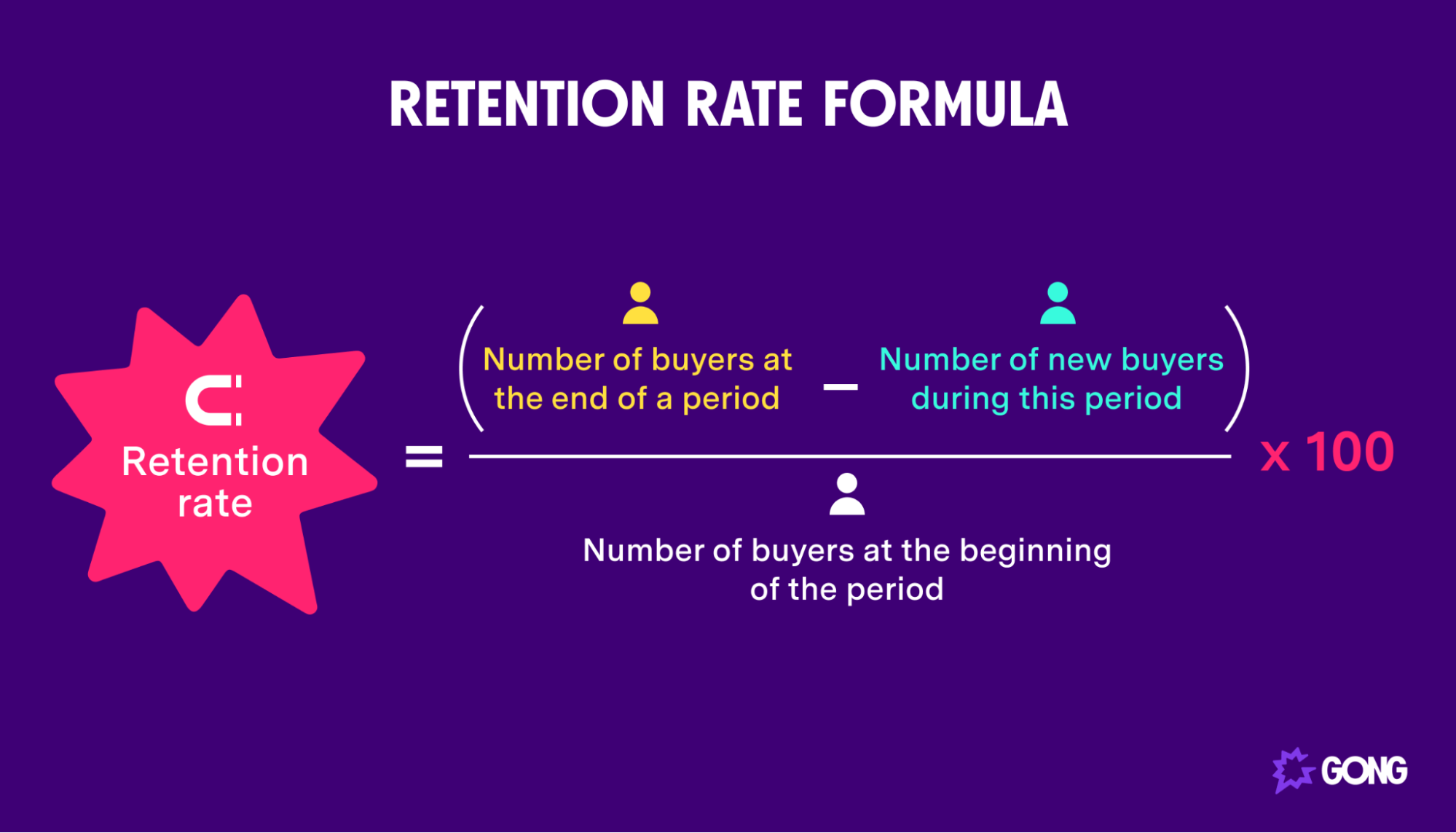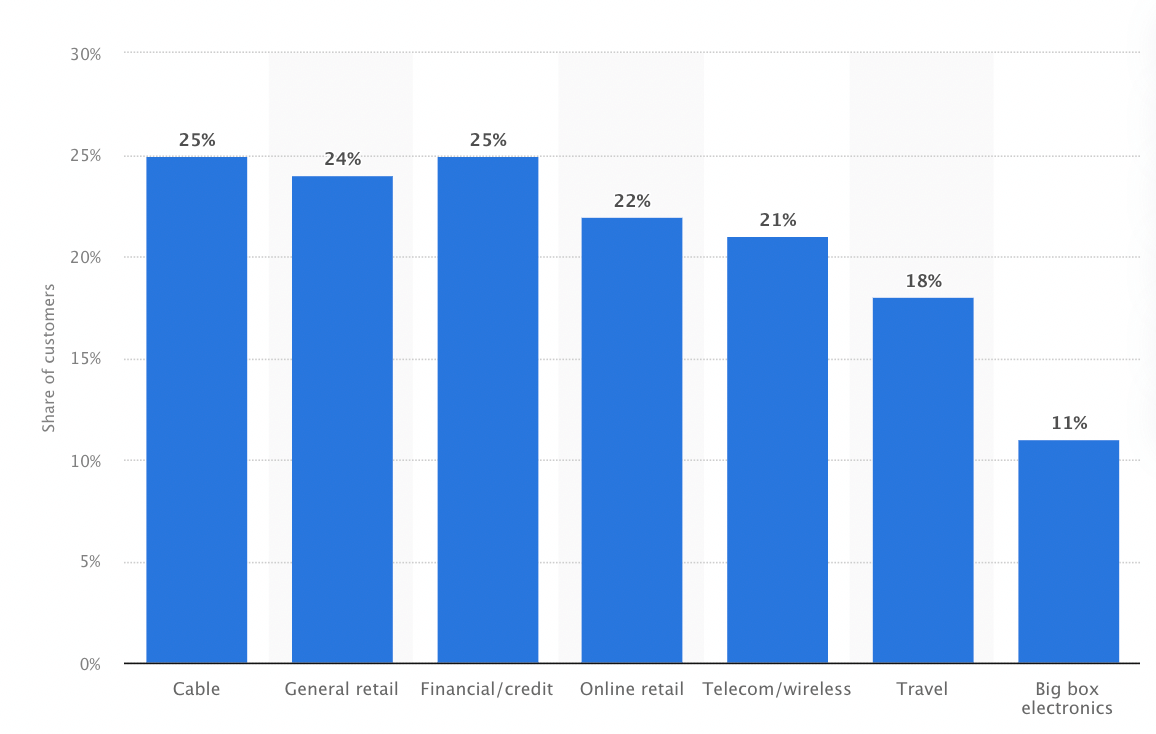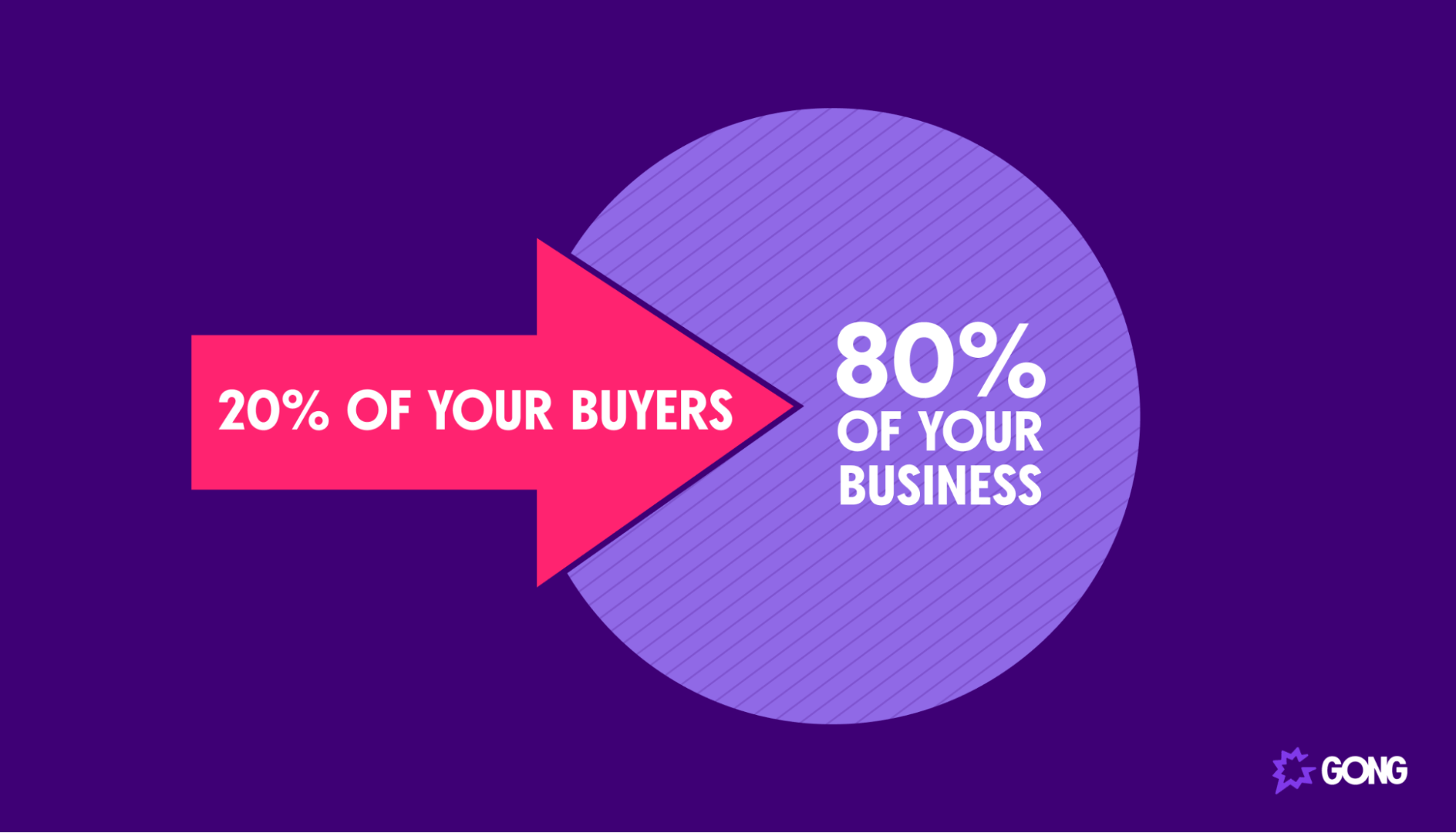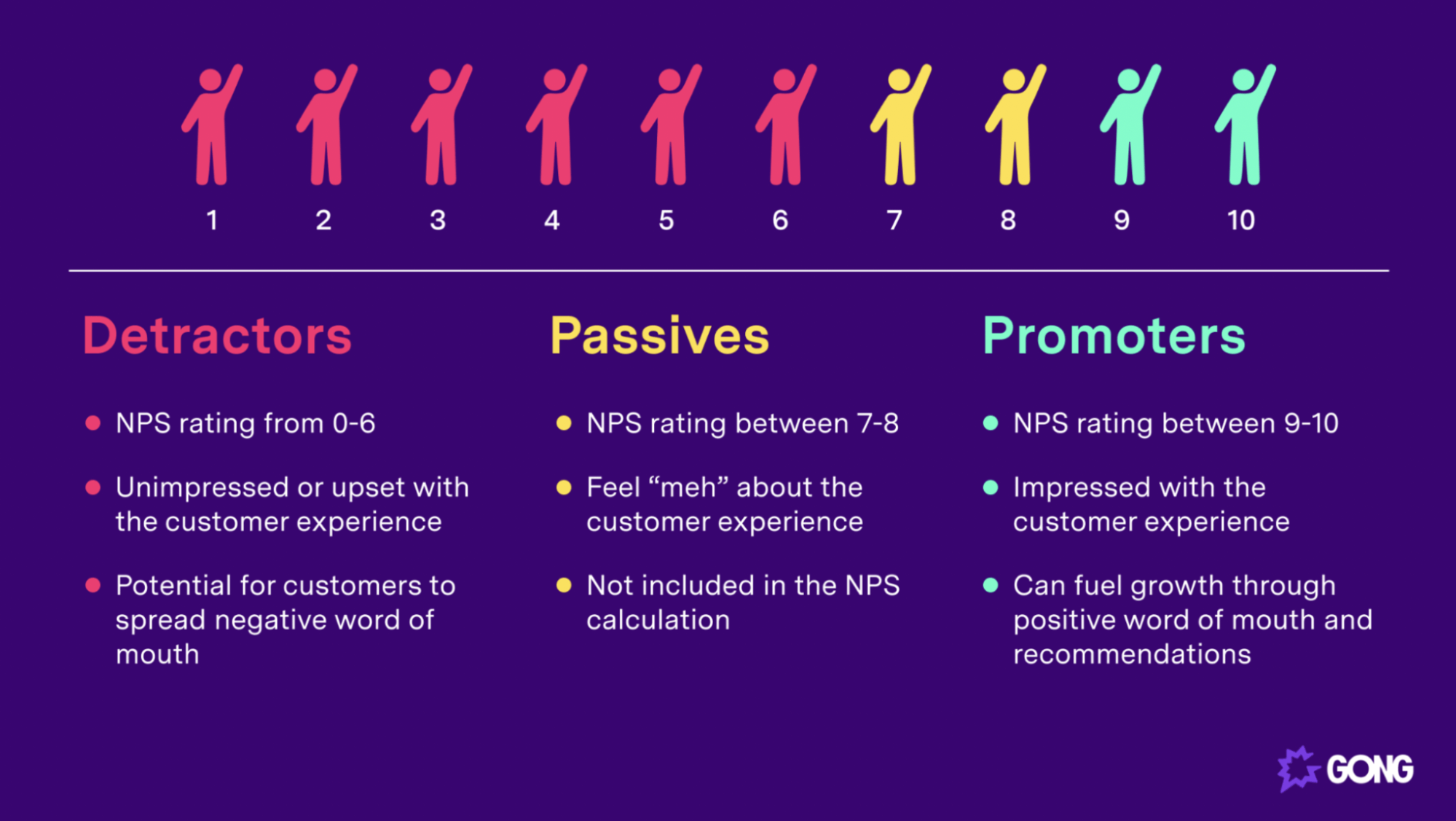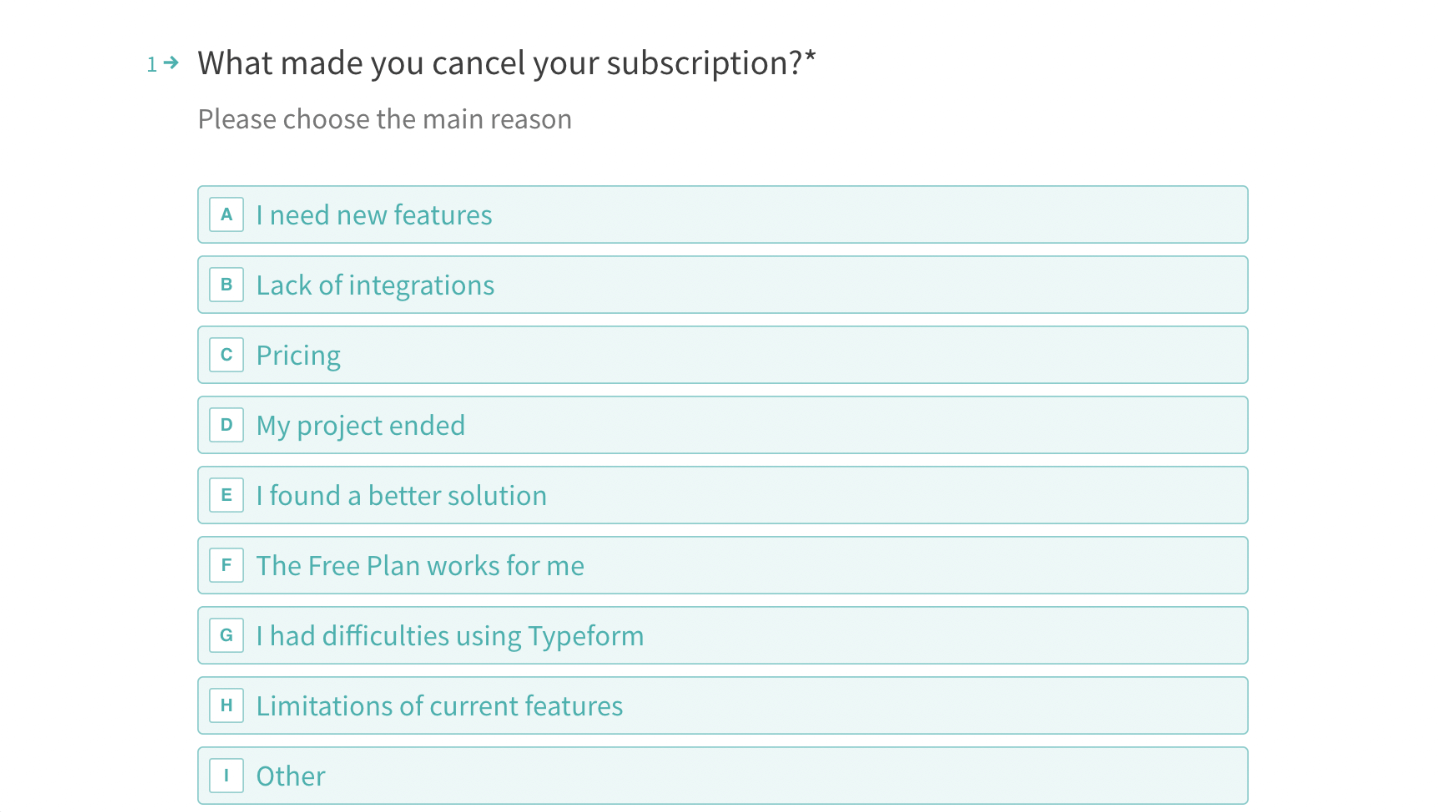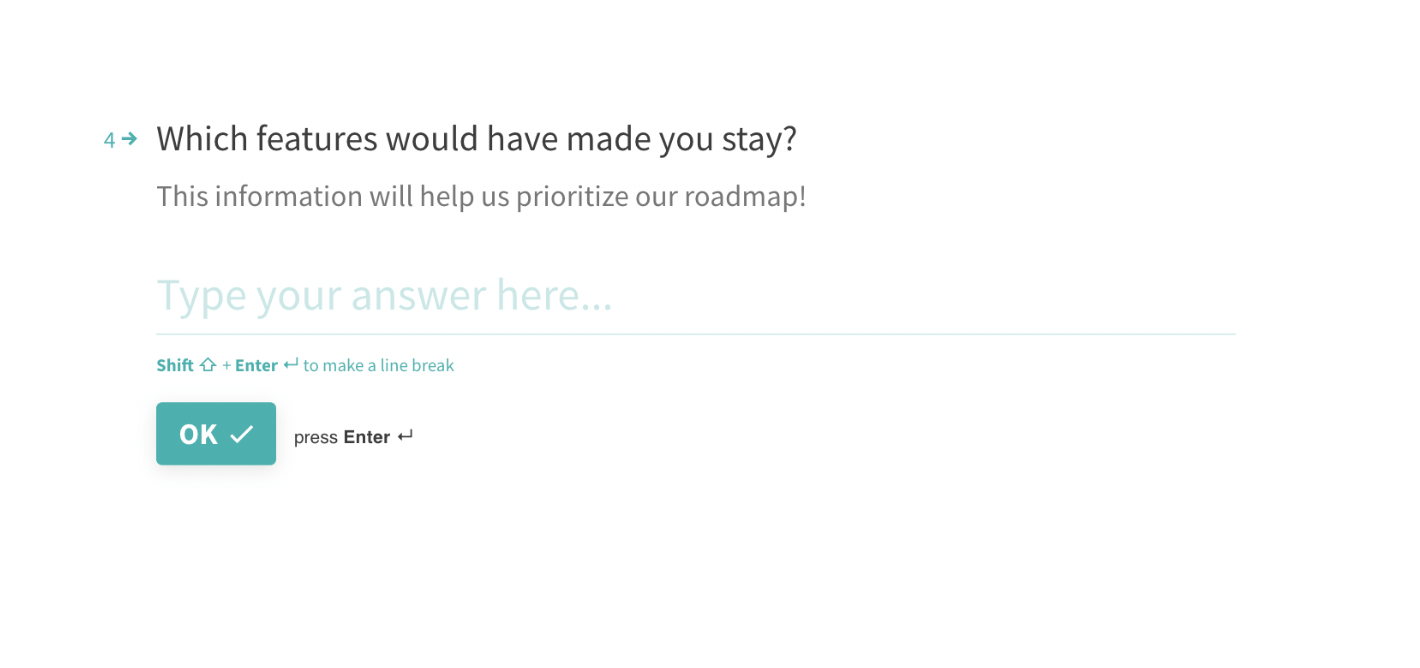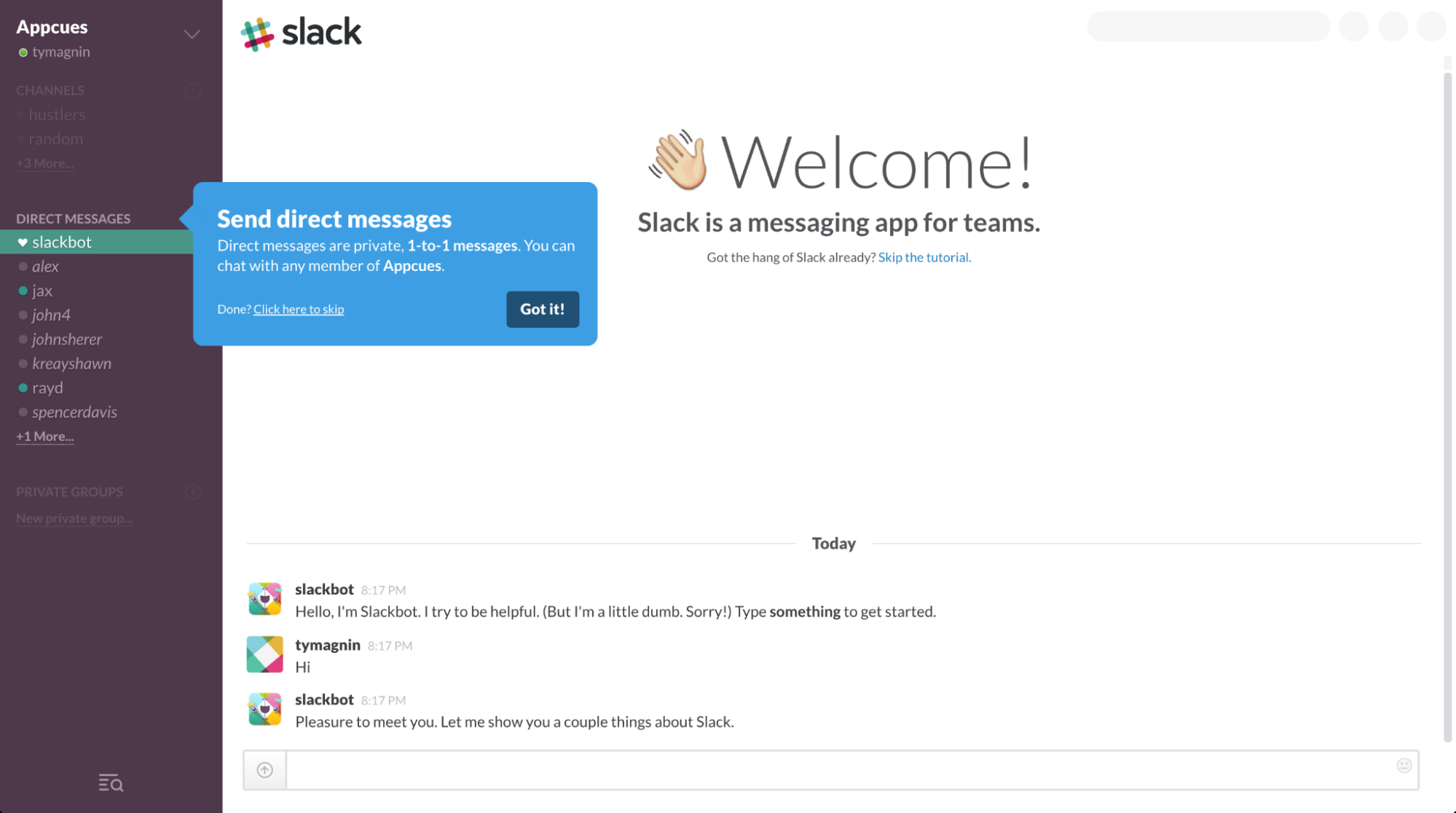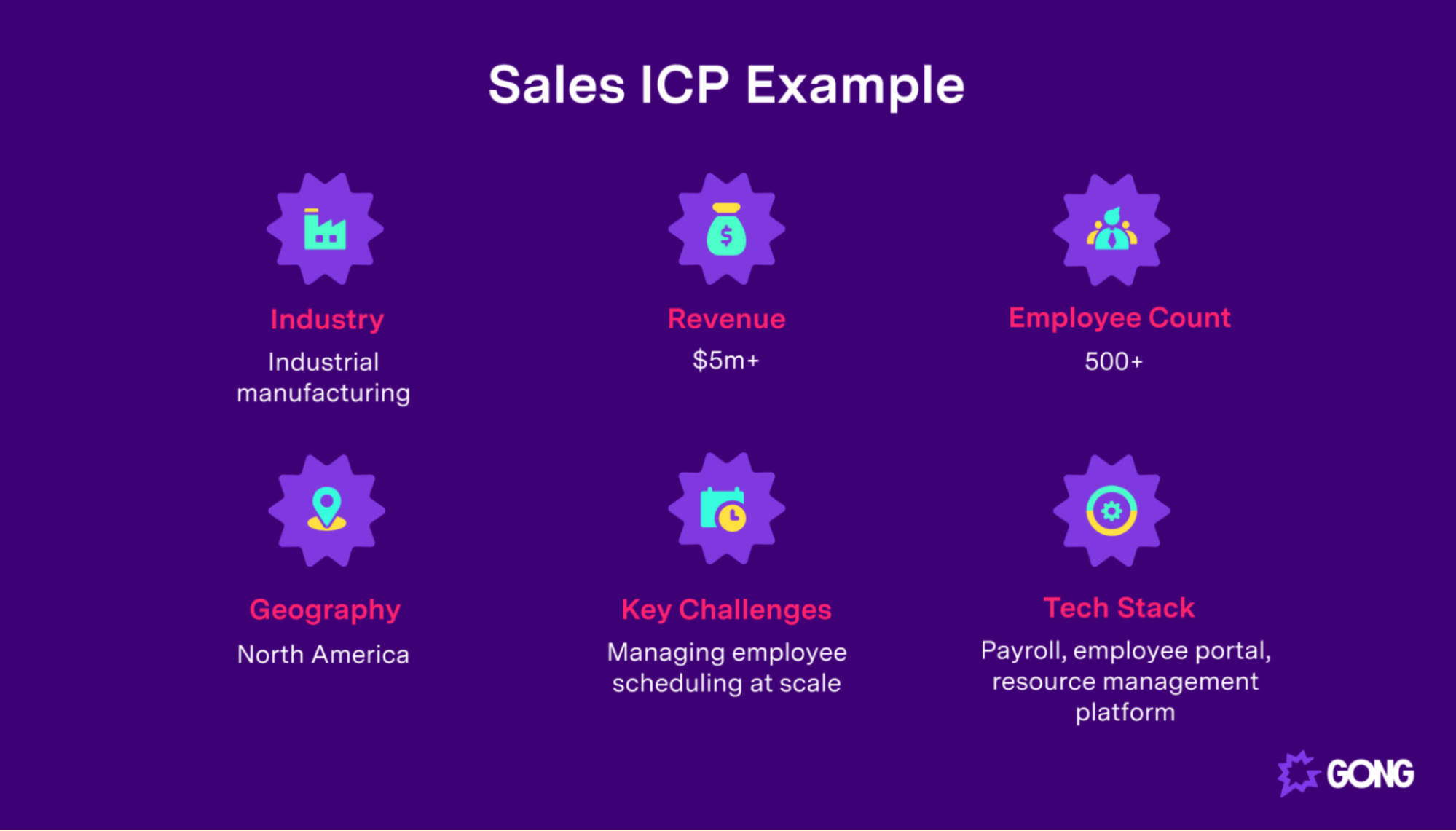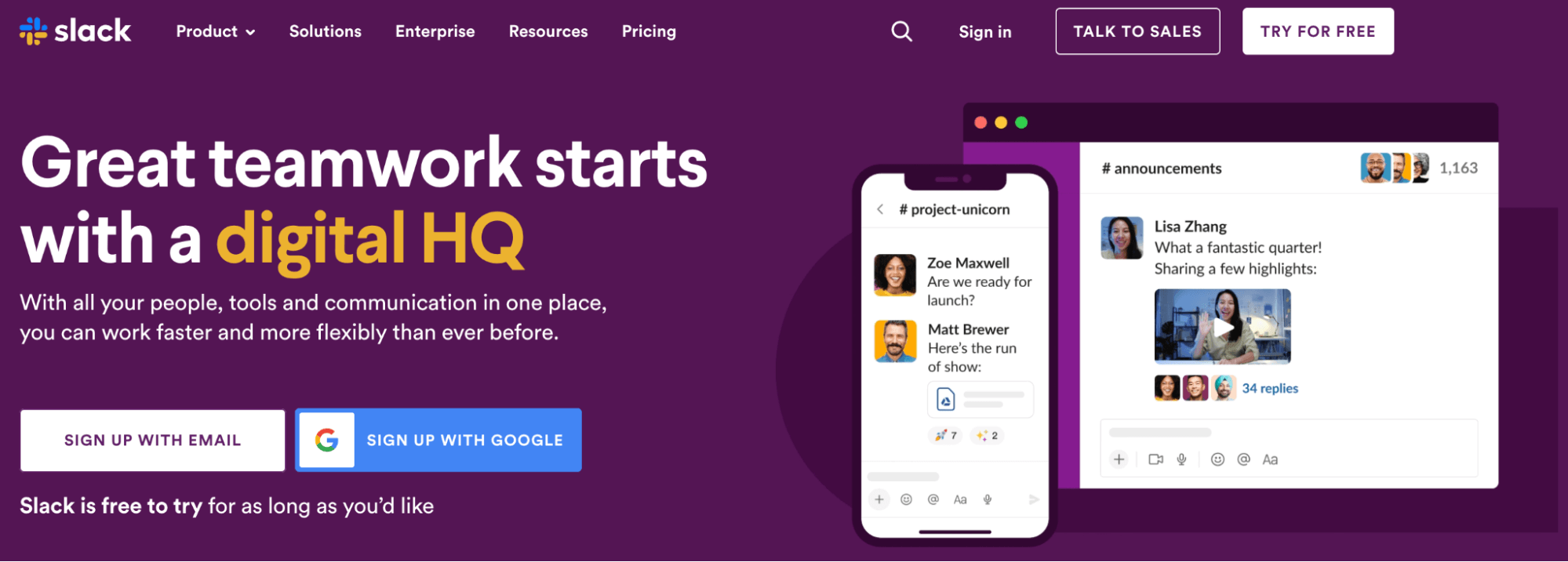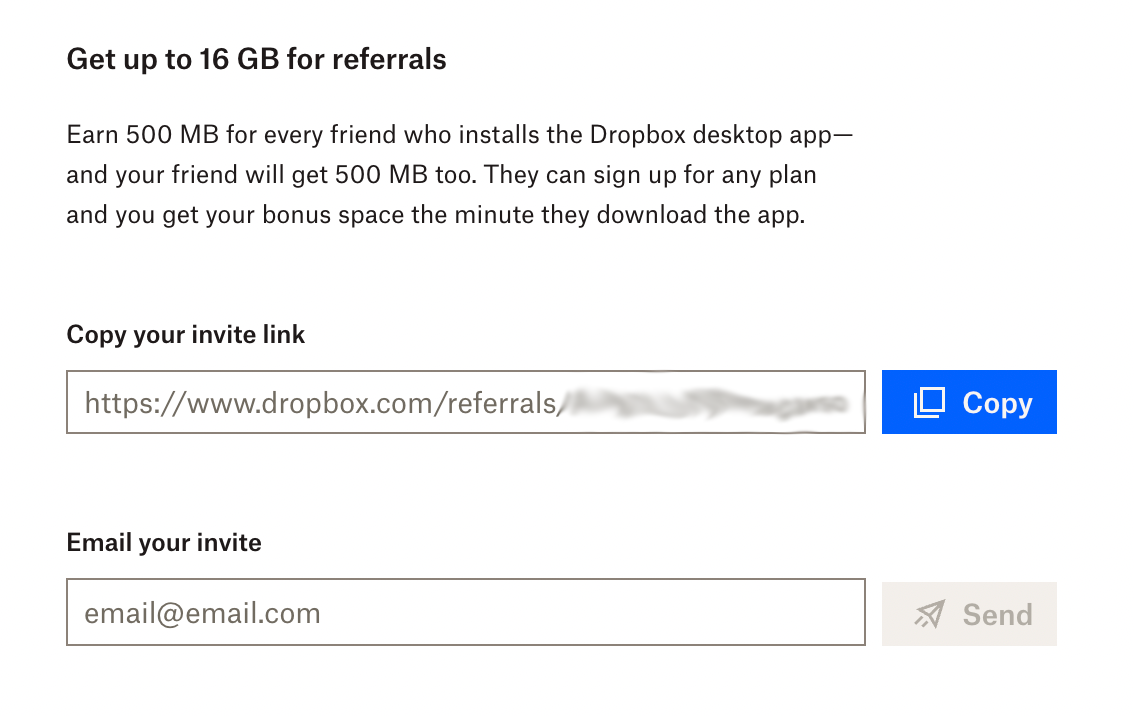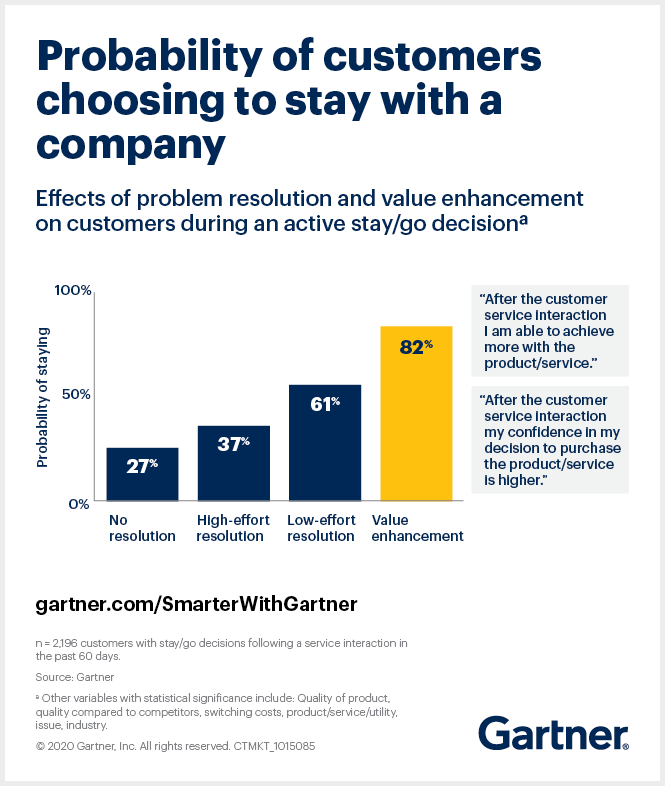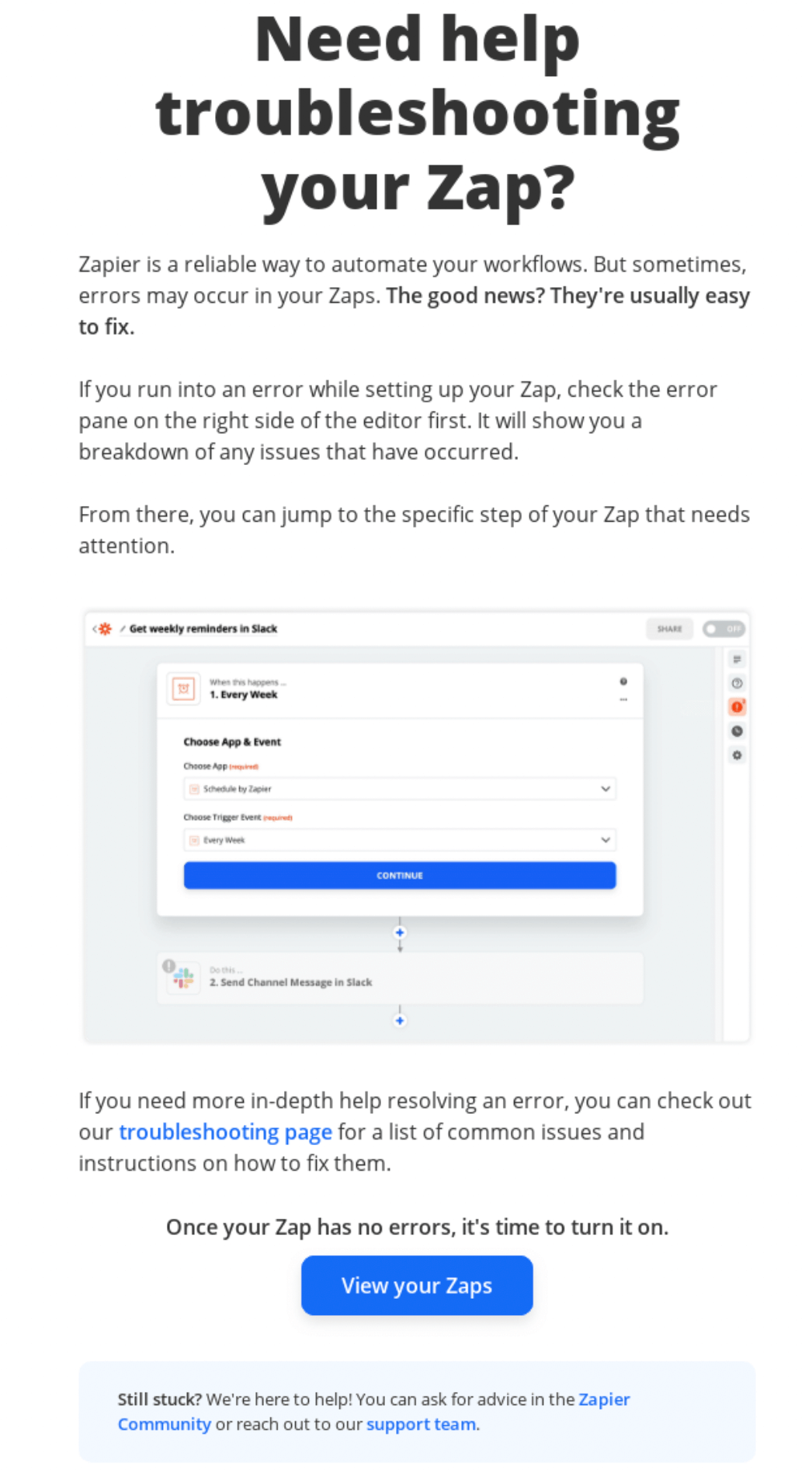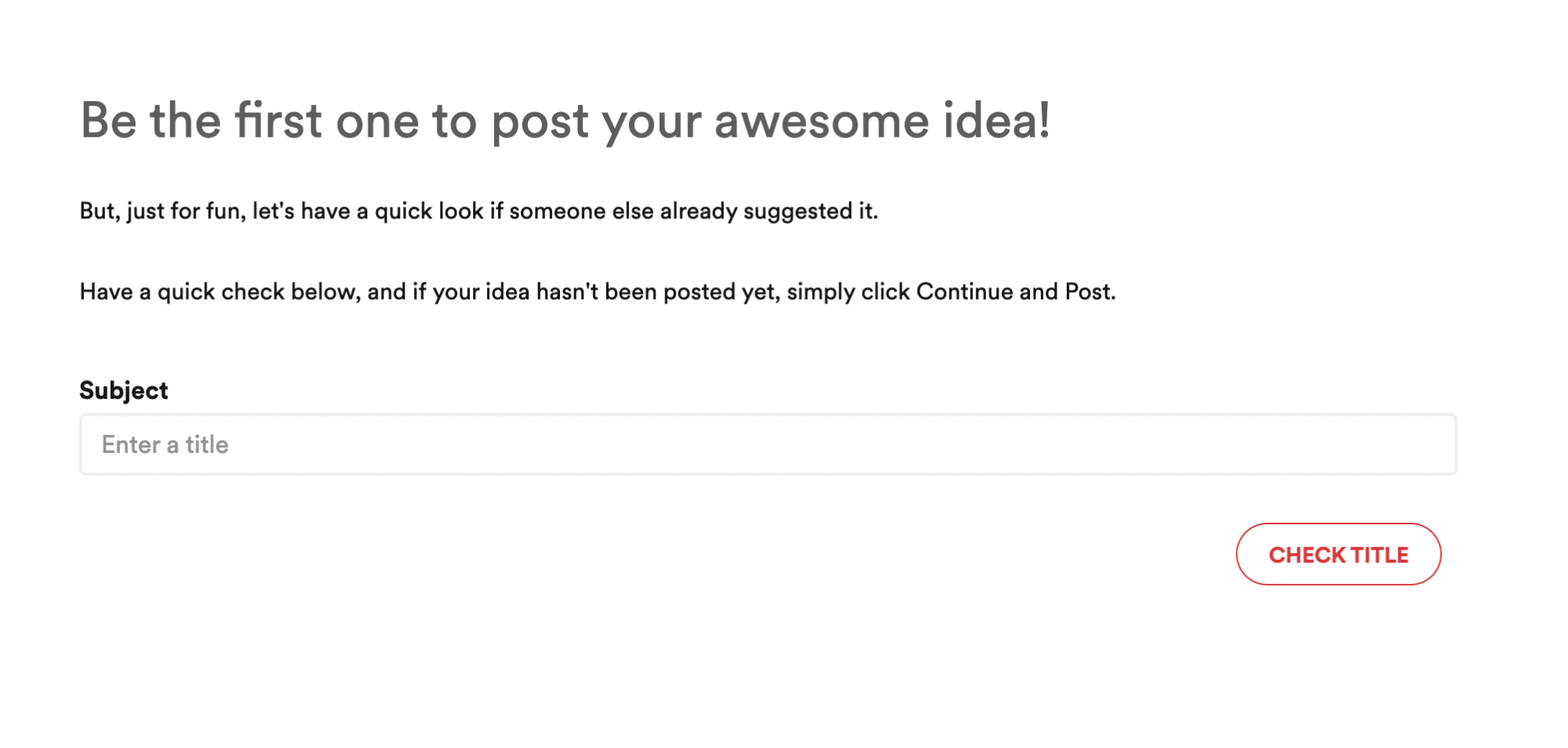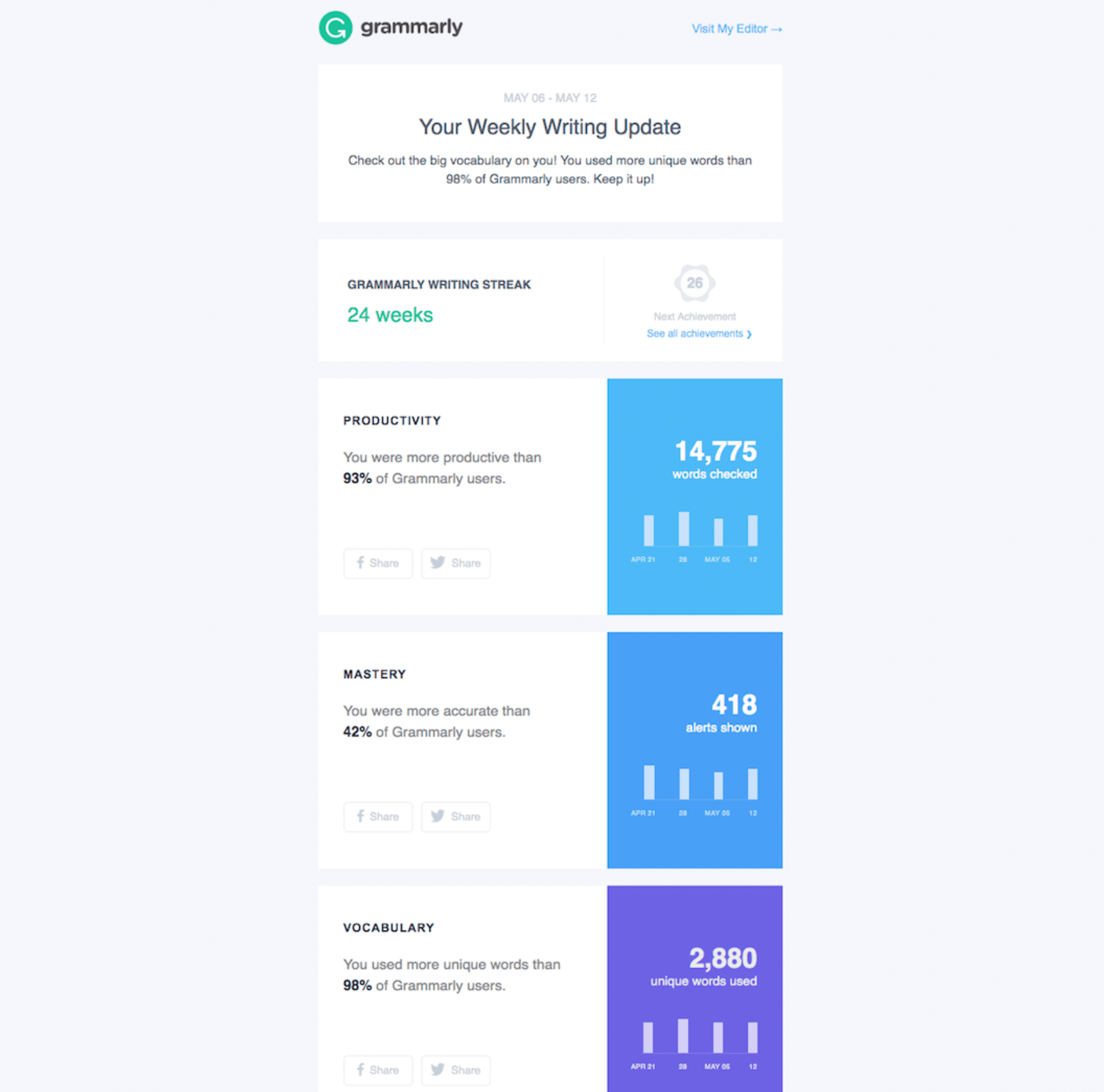Understanding and calculating retention rate: a complete guide

Most business leaders focus on acquiring new buyers. After all, expanding your buyer base enables you to generate more revenue and grow your bottom line.
But even as you bring in new buyers, it’s important that you also dedicate resources to retain existing buyers. Why? Because happy buyers ultimately contribute to your company’s long-term growth.
However, retaining existing buyers is easier said than done. It starts with determining your retention rate.
But what is a retention rate, and how can you measure and improve it? Keep reading to learn more.
In this article, we’ll delve into what retention rate means and why it’s important. We’ll also look at how you can calculate and improve this critical metric.
What is retention rate?
Retention rate is a metric that reflects customer loyalty. It measures the number of buyers your company retains over a given period — weekly, monthly, quarterly, or yearly.
This metric is typically expressed as a percentage.
We’ll look more specifically at how you can calculate retention rate in the next section, but for now we’ll use this broad example. If you have 10 buyers at the beginning of the month and you lose two of them by the end, your retention rate is 80%.
While some degree of churn is inevitable — a buyer might stop doing business with a company because they’re not achieving the desired outcome or they can’t justify the price, for instance — a low net retention rate is problematic.
A low retention rate indicates that buyers are dropping off, which means you’ll have to spend more to make up for that loss.
How do you calculate retention rate?
First, gather the following information:
- Number of buyers at the beginning of a period
- Number of buyers at the end of the given period
- Number of new buyers over the given period
Then, use the following formula to calculate your retention rate:
- Retention rate = [(Number of buyers at the end of a period – Number of new buyers during the period) / Number of buyers at the beginning of the period] x 100
Here’s a visual representation of the retention rate formula:
Let’s say you want to calculate your retention rate for the quarter.
At the beginning of Q1, you had 500 buyers. Over the first quarter, your company acquired 70 buyers but lost 45.
Follow these steps to calculate your retention rate:
- Calculate the number of buyers at the end of the period: (500 + 70 – 45) = 525
- Subtract the number of new buyers you gained during the period from the number of buyers you had at the end of the period: (525 – 70) = 455
- Divide this number by the number of buyers you had at the beginning of the period: (455 / 500) = 0.91
- Multiply the result by 100 to get a percentage: (0.97 x 100) = 91%
In this example, your retention rate would be 91% — nice! But whether this is considered a “good” retention rate depends on various factors.
What is a good retention rate?
It depends on your industry and products.
For example, if you sell products that are typically one-time purchases, such as major appliances, you can expect a lower retention rate because purchases occur less frequently.
But if you’re a SaaS or subscription-based business, you can typically expect a higher retention rate. In fact, measuring your retention rate can help you gauge how “sticky” your solution is.
The following graph shows churn rates across different industries:
Note that retention rate is the inverse of churn.
If you operate in the cable industry, your average retention rate will be 75%. The reason for low retention rates is that consumers have different options when it comes to cable.
Things are different for subscription businesses, however.
The average retention rate for B2B and B2C SaaS companies is 94.4%. If you operate a subscription-based company, a customer retention rate of 90% or higher is considered good.
Why is a high retention rate important?
Acquiring buyers is a key objective of any business. But allocating resources to retain existing buyers is just as (if not more) important.
Here’s why:
80% of your business comes from 20% of your buyers
The Pareto Principle, named after Italian economist Vilfredo Pareto, states that 80% of a result comes from 20% of your activities. In other words, a small portion of your buyers (20%) make up the bulk of your business (80%).
Lose a valuable buyer, and they’ll take a huge chunk of revenue with them. But taking steps to retain them will contribute to your long-term growth.
It helps you evaluate your retention strategy
Retention rates are an excellent feedback metric.
A high customer retention rate tells you that you’re doing something right. But a declining rate tells you that you need to reevaluate your retention strategy.
Happy buyers are more likely to leave positive reviews
Loyal buyers are your best brand advocates.
Just look at this tweet from a happy monday.com user:
This kind of marketing can help you gain new buyers. In fact, 58% of buyers say that product reviews are a top variable when they’re evaluating software solutions.
It reduces your marketing acquisition costs
It’s cheaper for businesses to retain existing buyers than to find new ones. You don’t need to spend on marketing or advertising costs to continue earning existing buyers’ business.
Key customer retention metrics
By tracking the right retention metrics, you can identify points of friction in the buyer’s journey and take steps to reduce churn.
Here’s a short list of the customer retention metrics you should track:
Customer retention
Customer retention is, of course, the most straightforward retention metric. As we’ve covered, it measures your company’s ability to retain buyers.
To quickly recap, here’s the formula:
- Retention rate = [(Number of buyers at the end of a period – Number of new buyers during the period) / Number of buyers at the beginning of the period] x 100
Revenue churn rate
Revenue churn rate is the percentage of revenue that you lose from existing buyers over a given period due to cancellations and downgrades.
Here’s the formula to calculate revenue churn:
- Revenue churn = (MRR lost – MRR from upgrades / MRR at the start of the period) x 100
For instance, say your monthly recurring revenue (MRR) was $15,000 at the beginning of the month, and after accounting for expansion revenue, it decreased to $13,000.
Your revenue churn rate would be 13.3% (2,000 / 15,000 x 100).
A high attrition rate suggests that your users aren’t deriving value from your solution because they’re either downgrading to a lower plan or canceling altogether.
Customer lifetime value
Customer lifetime value (CLV) is the total revenue you can expect to generate from a buyer throughout their lifecycle with you.
Here’s the formula to calculate CLV:
- CLV = Average revenue per user (ARPU) x Average customer lifespan
If your ARPU is $3,000 and a buyer stays with your company for 5 years on average, then your CLV would be $15,000.
Measuring CLV is valuable when you measure it alongside other metrics, like customer acquisition cost (CAC), as it enables you to measure your sales efficiency.
For example, if your CAC is $5,000, then your CAC:LTV ratio would be 5:1 — meaning that for every dollar you spend to acquire a buyer, you can expect to generate $5 in return.
A low CAC:LTV ratio means that your sales process is inefficient.
Net promoter score
Net promoter score (NPS) is a buyer satisfaction metric. It asks your buyers to rate, on a scale of 1 to 10, how likely they are to recommend your solution to their family and friends.
Here’s the formula to calculate your NPS:
- NPS = Percentage of promoters – Percentage of detractors
If 60% of your buyers choose a rating of 9 or 10 and 25% choose 6 or lower, your NPS score would be 35%. Anything from 0 to 30 is considered a good score, 30 to 70 is considered great, and 70 to 100 is considered excellent.
Tracking your NPS score can help you measure buyer sentiment over time. If you start to see a dip in your NPS score, you’ll want to find out why before your buyers churn.
Repeat purchase rate
Repeat purchase rate is the percentage of your buyers who repeatedly purchase from your company.
Here’s the formula to calculate repeat purchase rate:
- Repeat purchase rate = (Number of returning buyers / Total number of buyers) x 100
Let’s say 2,000 buyers have subscribed to your solution. However, at the end of the month, only 1,500 decide to renew their subscriptions. In that case, your repeat purchase rate would be 75%.
A high repeat purchase rate indicates high buyer satisfaction.
How to improve retention rates (with examples)
So far, we’ve looked at how to calculate retention rate and the metrics you should track.
Here’s how you can improve user retention and reduce your turnover rate:
1. Understand why buyers are churning
Understanding the reasons why buyers are jumping ship is the first step to improving your retention rate. This will help you pinpoint gaps in your retention strategy.
Here’s an example of a survey you can send to churned users:
Users can select their main reason for leaving, whether it’s because they found another solution or they had difficulties using the platform. You can dig even deeper by following up with users based on their selections.
For example, if a user selects “I need new features,” you could display a prompt that asks them to write down which features would’ve made them stay.
Use surveys to identify recurring issues and take steps to address them. If users are churning because your solution lacks a mobile app, you can bring that up with your product managers.
But don’t stop there.
Look for any shared factors that correlate with churn. For example, if you notice that a large portion of churned users come from a certain vertical in your market, you might change your sales process to avoid that vertical.
2. Improve your onboarding process
If your users aren’t deriving value from your solution, don’t expect them to stick around.
Increase your retention rate by reducing time to value — the time it takes for new buyers to realize value. Guide your buyers to this crucial “aha” moment by improving your onboarding process.
As an example, Slack uses a series of helpful tooltips to direct new users to certain features.
Other ways to improve your onboarding process include the following:
- Sending personalized welcome emails
- Creating helpful empty states
- Including checklists and progress bars
- Offering self-serve options, like a knowledge base
- Ensuring a smooth handoff from sales to your customer success team
Click here for more onboarding best practices.
3. Focus on the right buyers
A low customer retention rate can stem from poor product-market fit — when your product and market don’t align. This can occur for two reasons:
- You’re targeting the wrong buyer segments
- You’re not using the right messaging to position your solution
Create an ideal customer profile (ICP) to identify the types of companies that would benefit from your solution. With an ICP, your sales team can target prospects who are more likely to become long-term contracts.
Next, use your ICP to narrow down your messaging. What specific value do you offer to these buyers? Why should they choose your solution over others?
As an example, Slack’s value proposition focuses on connecting teams and enhancing productivity.
Align marketing and sales to ensure both teams are on the same page.
Equip your reps with the right sales training plan, and use a solution like Gong to sharpen your messaging by determining which messages keep deals moving forward and which ones don’t.
4. Implement a loyalty program
Rewarding your buyers is an excellent way to encourage repeat sales. In fact, 64% of loyalty program members are more likely to purchase more frequently.
One way to reward your users is to implement a referral program. Dropbox, for example, rewards users with an extra 500 MB of storage space for each person they refer.
Some companies implement a “points” system in which users can earn and redeem points for rewards like gift cards or discounts on plans.
Other ways to reward your users include emailing top users with special offers. You could even send them personalized letters or small gifts as a thank you.
Whether you choose to implement a referral program or a points system, remember to keep things simple. Make it easy for your buyers to understand exactly what they need to do to earn and apply rewards.
5. Offer proactive customer success
Buyers want value. And they’re willing to stay with companies that go the extra mile to deliver positive experiences.
An estimated 82% of buyers say they’re more likely to stay with companies that add “value enhancements” to each interaction.
One way to drive value enhancement is to anticipate your buyers’ needs and reach out before they do.
For example, if your product data shows that buyers aren’t engaging with certain features, you could send an email that demonstrates how those features work.
Here’s an example of an email that Zapier sends to help users troubleshoot their zaps (automated workflows):
By taking a proactive approach to customer success, you can deliver better experiences and help your buyers achieve their desired outcomes.
6. Accept and implement feedback from your users
The best feedback comes directly from your users. After all, they’re the ones who are actively using your solution.
Email a survey to your users to ask about their experience. Ask questions such as:
- How satisfied are you with our product or solution?
- How could our company improve?
- What features would you like to see?
You could even create a separate page where users can submit feedback — something that Spotify offers here.
Review and analyze the responses you receive.
While you likely won’t be able to implement every idea that comes through, pay attention to any recurring suggestions. For example, if several of your users are requesting dark mode, you may want to prioritize that feature in your product roadmap.
7. Find ways to deliver personalized experiences
71% of consumers expect companies to deliver personalized experiences.
Meet these expectations by personalizing your interactions with your buyers. This will show that your company is putting forth extra effort to meet buyers’ needs and develop relationships with them — both of which are key to increasing retention rates.
As an example, Grammarly sends weekly writing updates and achievement badges personalized to each user.
Learn about your buyers on a more personal level, and leverage that information to tailor your communications accordingly. This can include sending personalized emails that demonstrate new uses of your product.
Making your interactions more personal can help you build stronger relationships with your buyers — reducing churn in the process.
Increase your customer retention rate with Gong
Customer retention is all about building relationships. But it’s not always easy to hone in on what your buyers need to keep giving you their business.
Gong’s customer retention management software helps you manage your renewals and get ahead of churn. It can identify at-risk renewals so that you can act before it’s too late.
Your customer success team can review all interactions to ensure a smooth handoff from sales. What’s more, you can use Gong to equip your team with winning customer retention playbooks that ensure they adopt the right messaging.
Request a demo today to see how Gong can help you retain more of your buyers.
